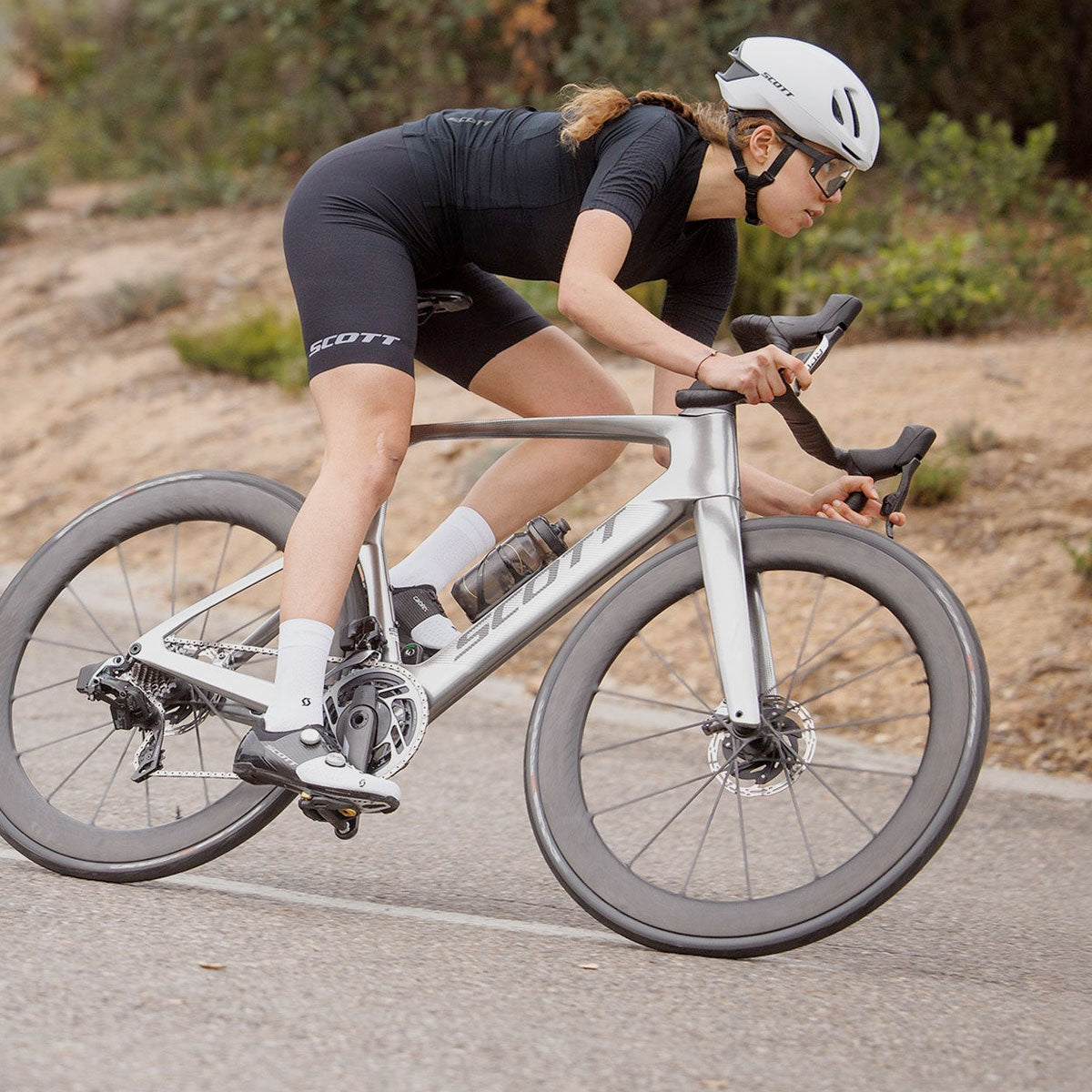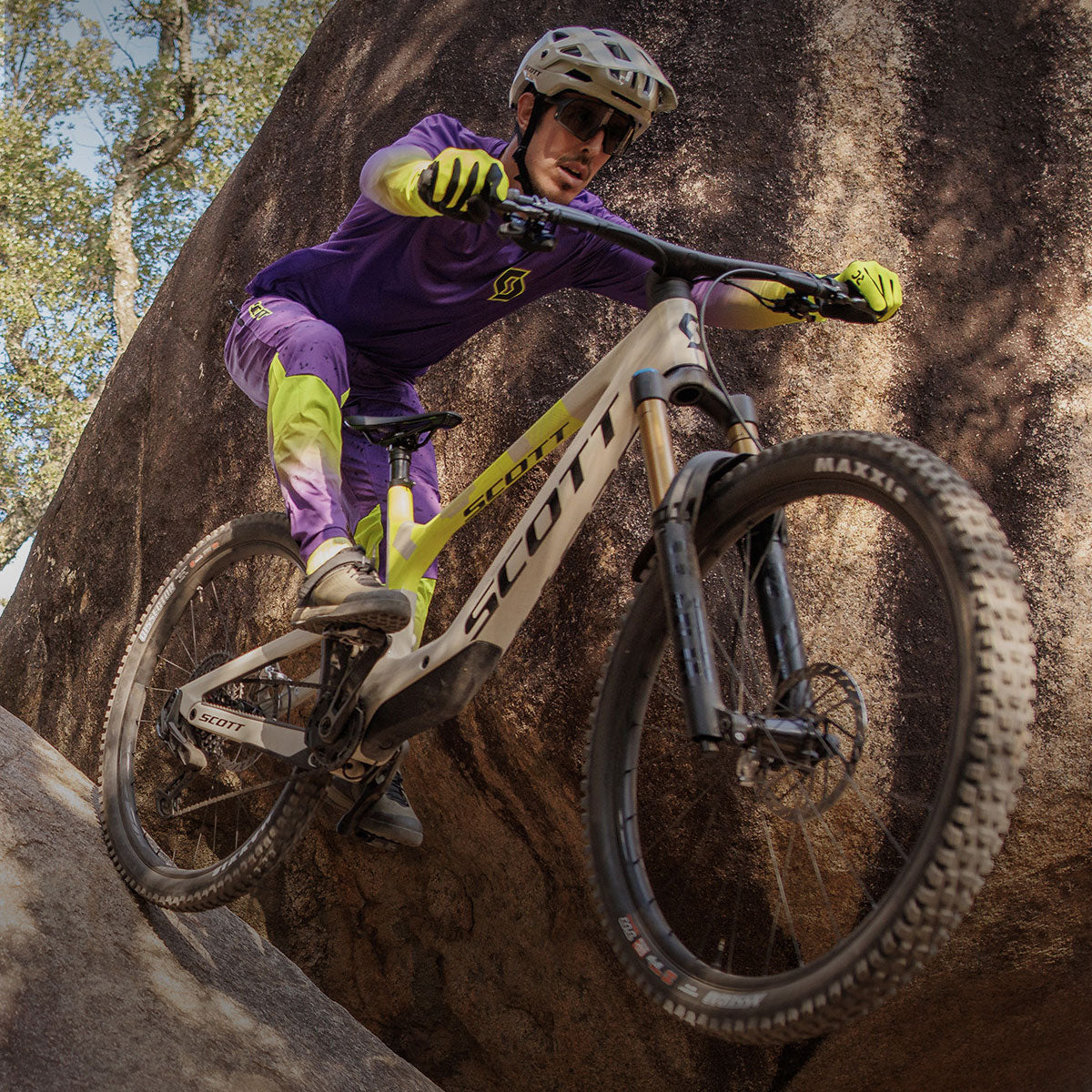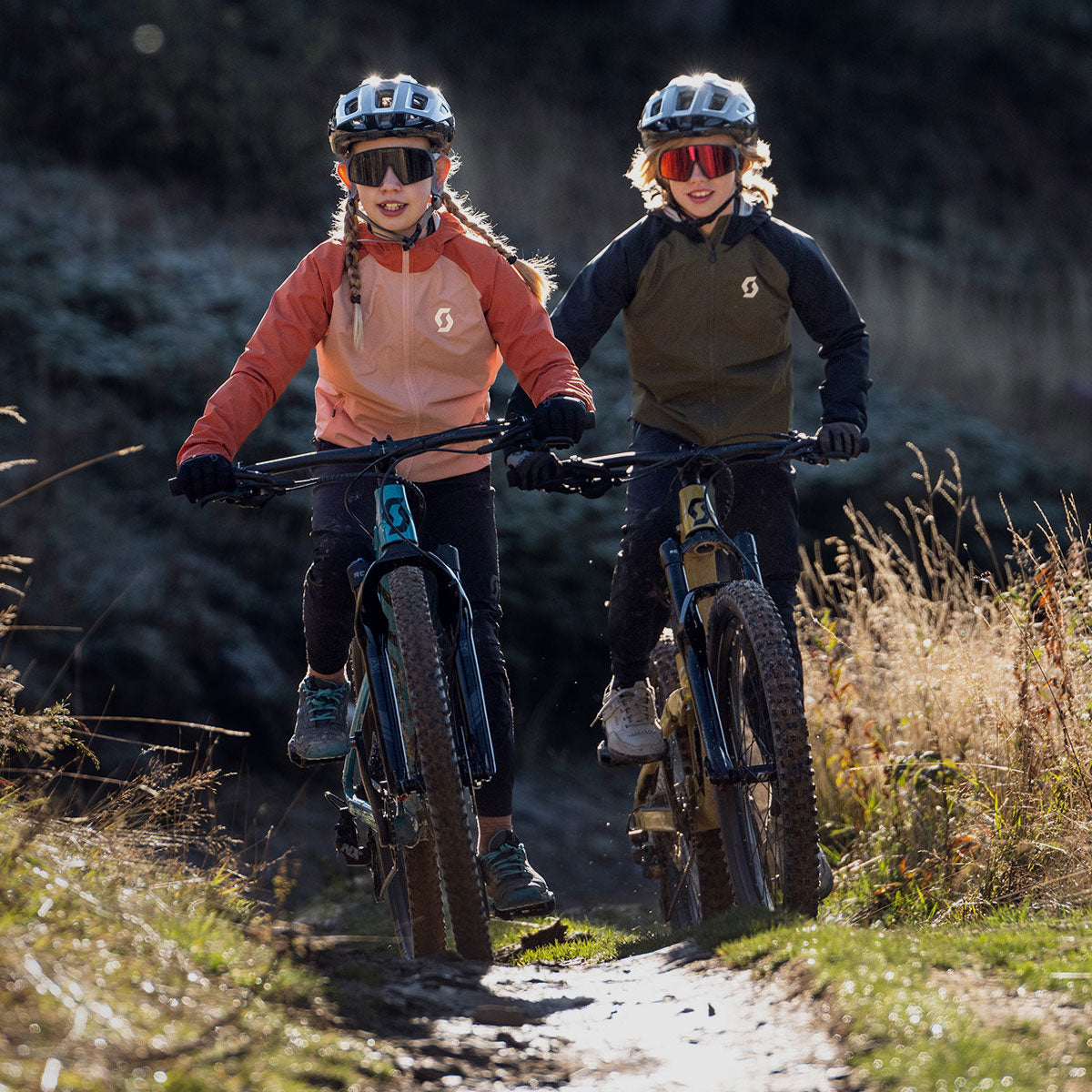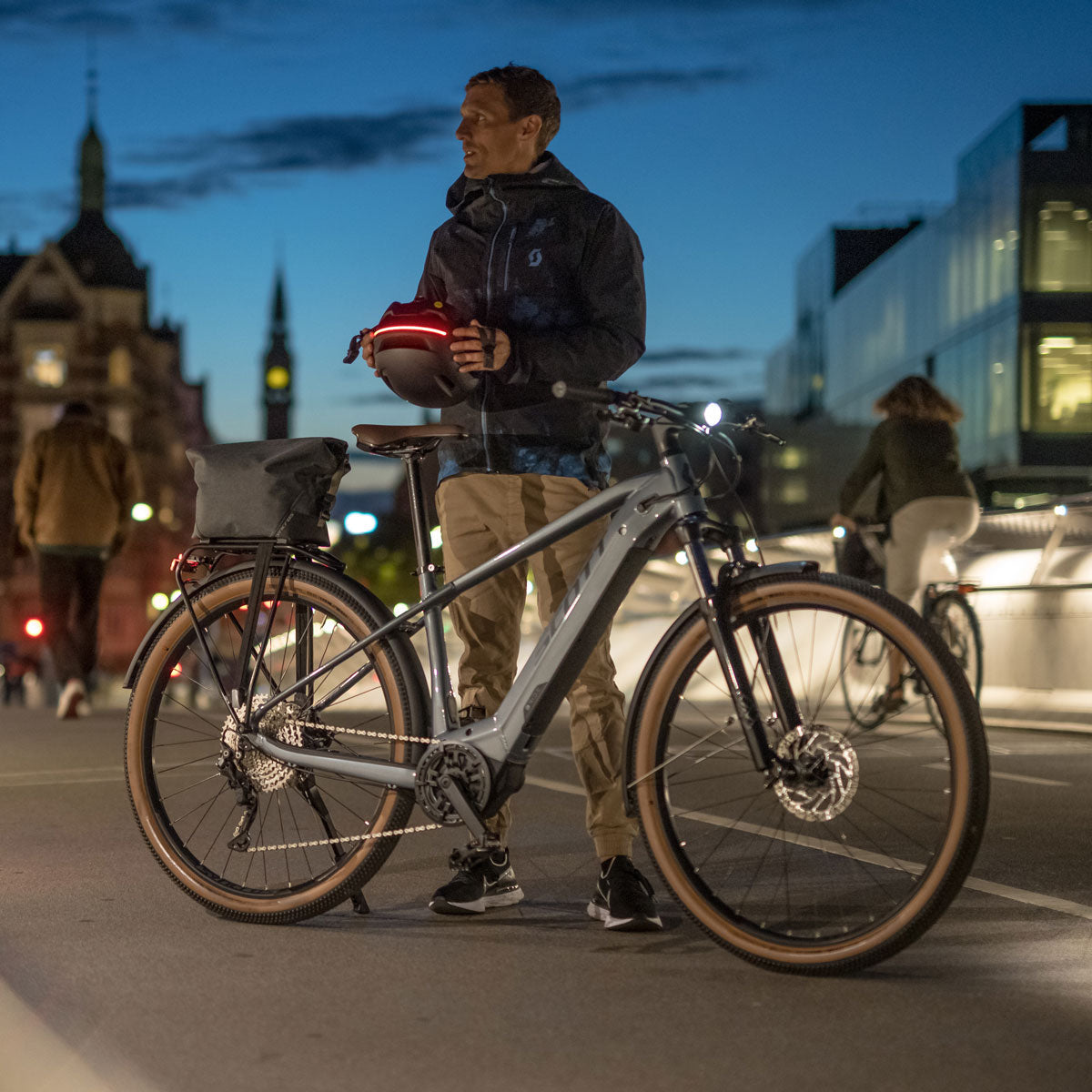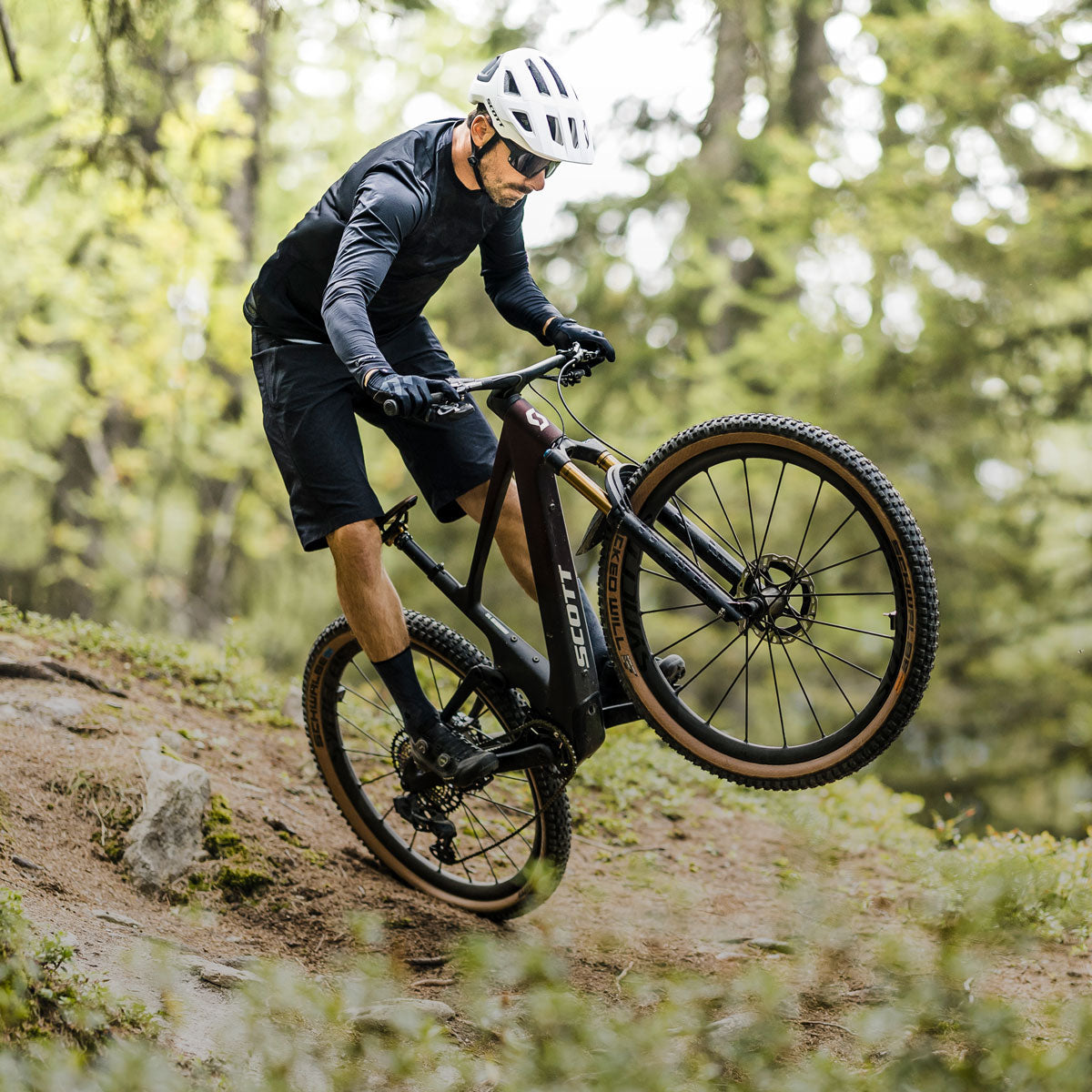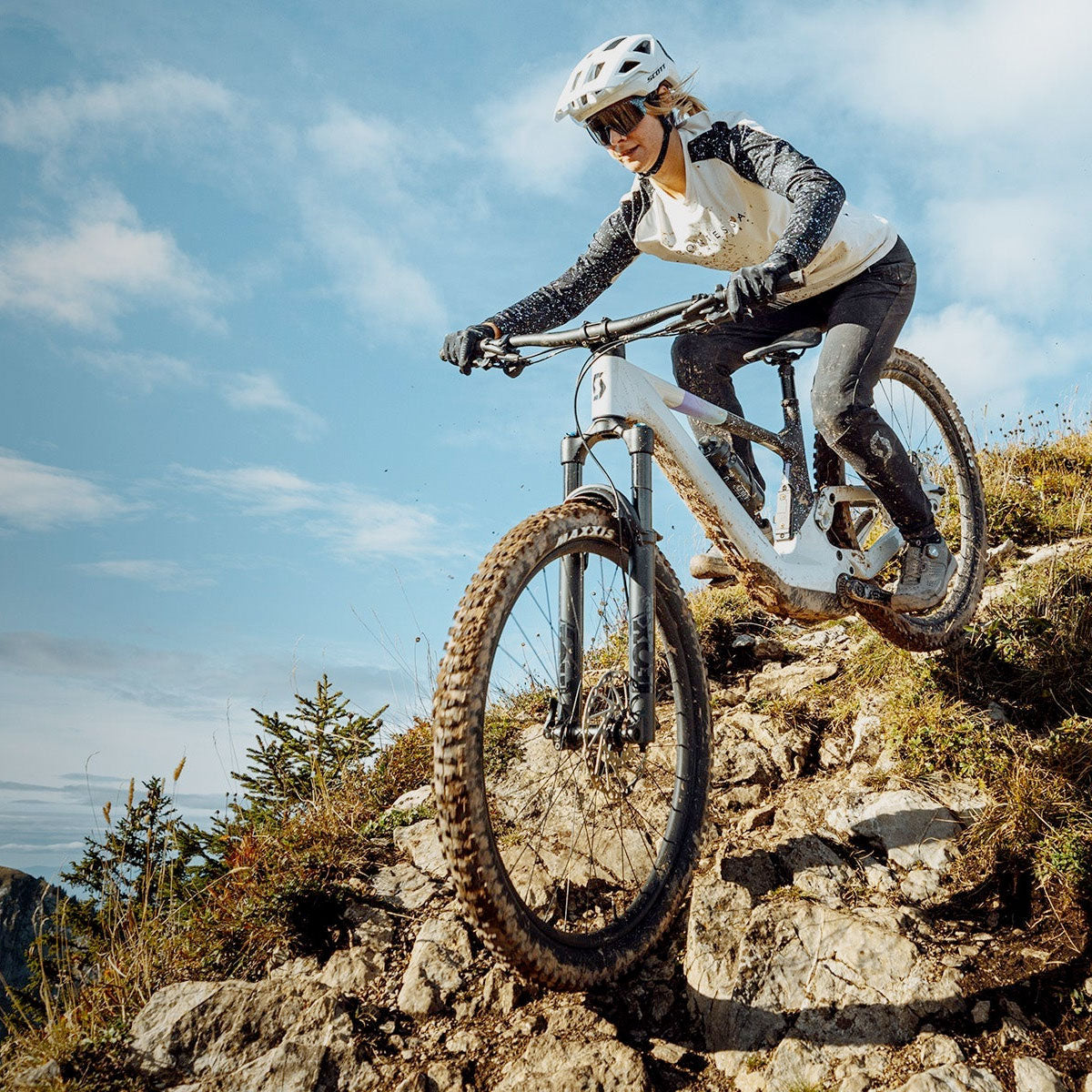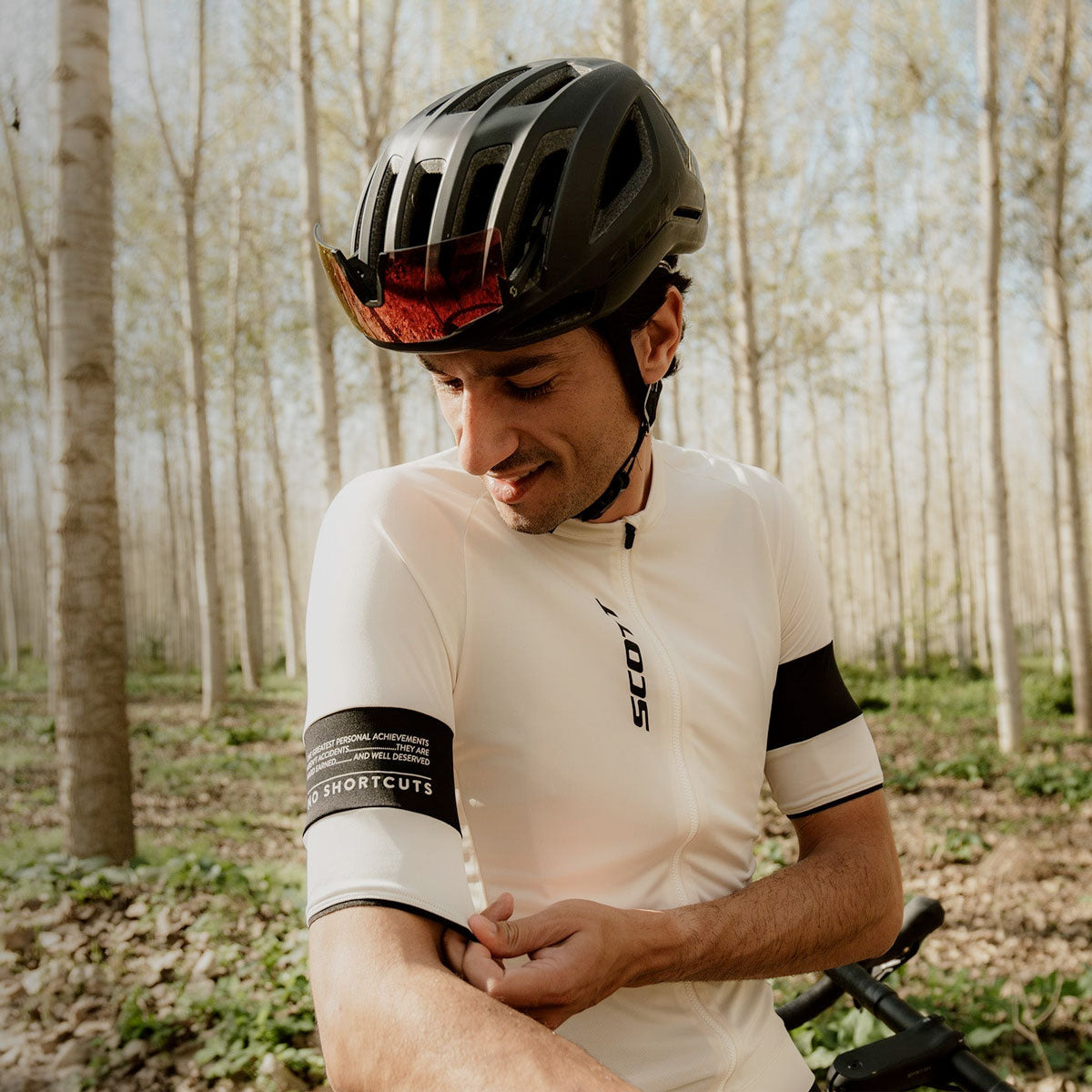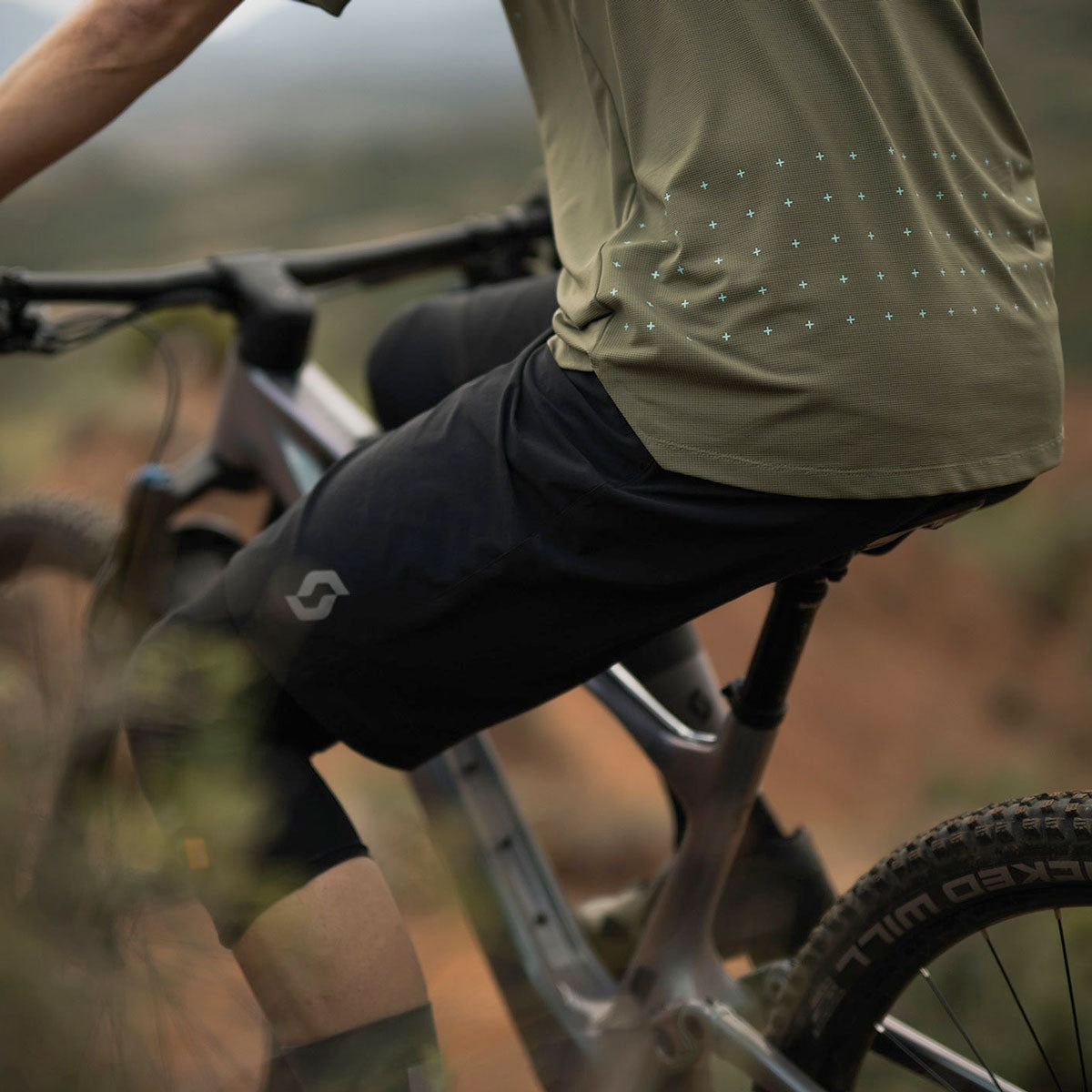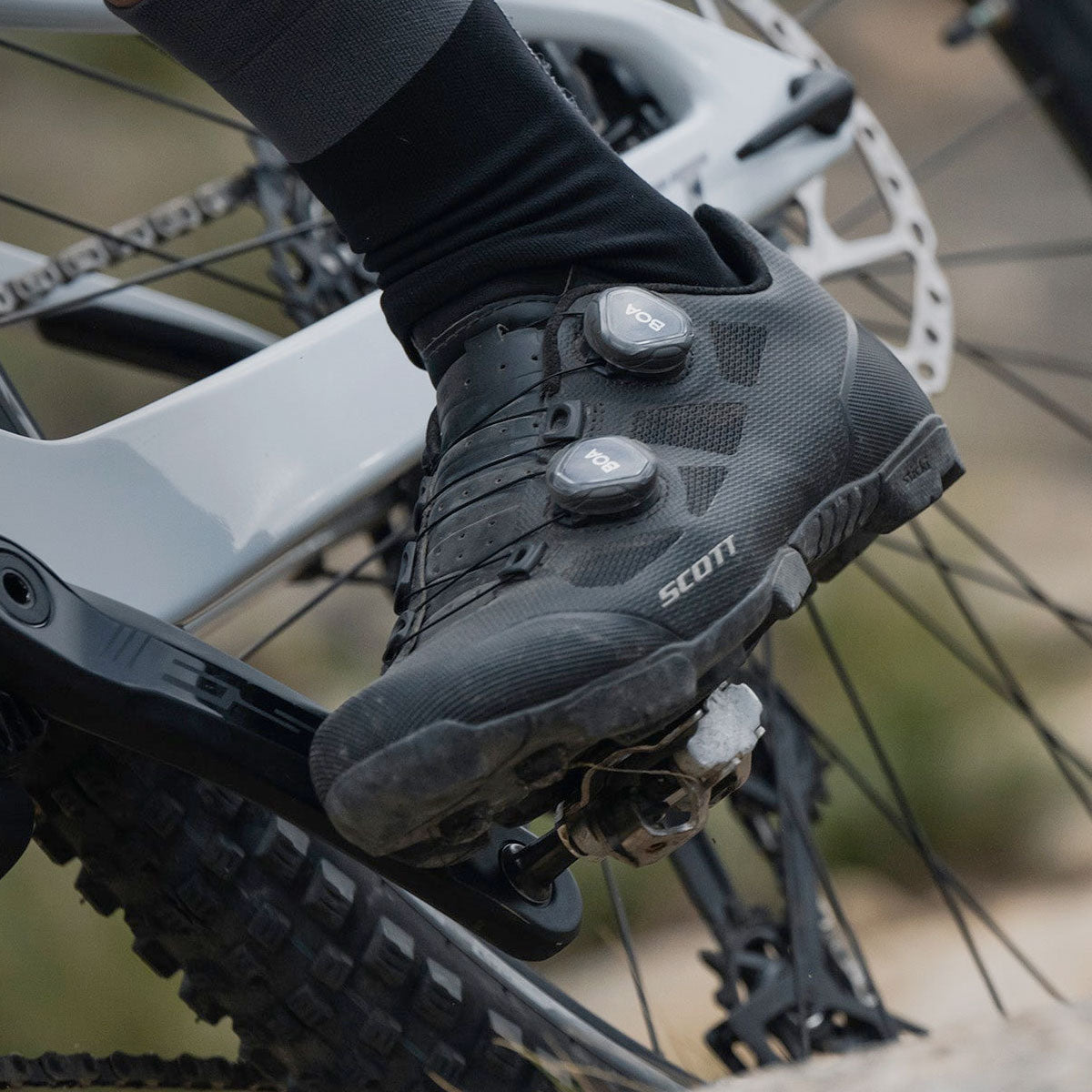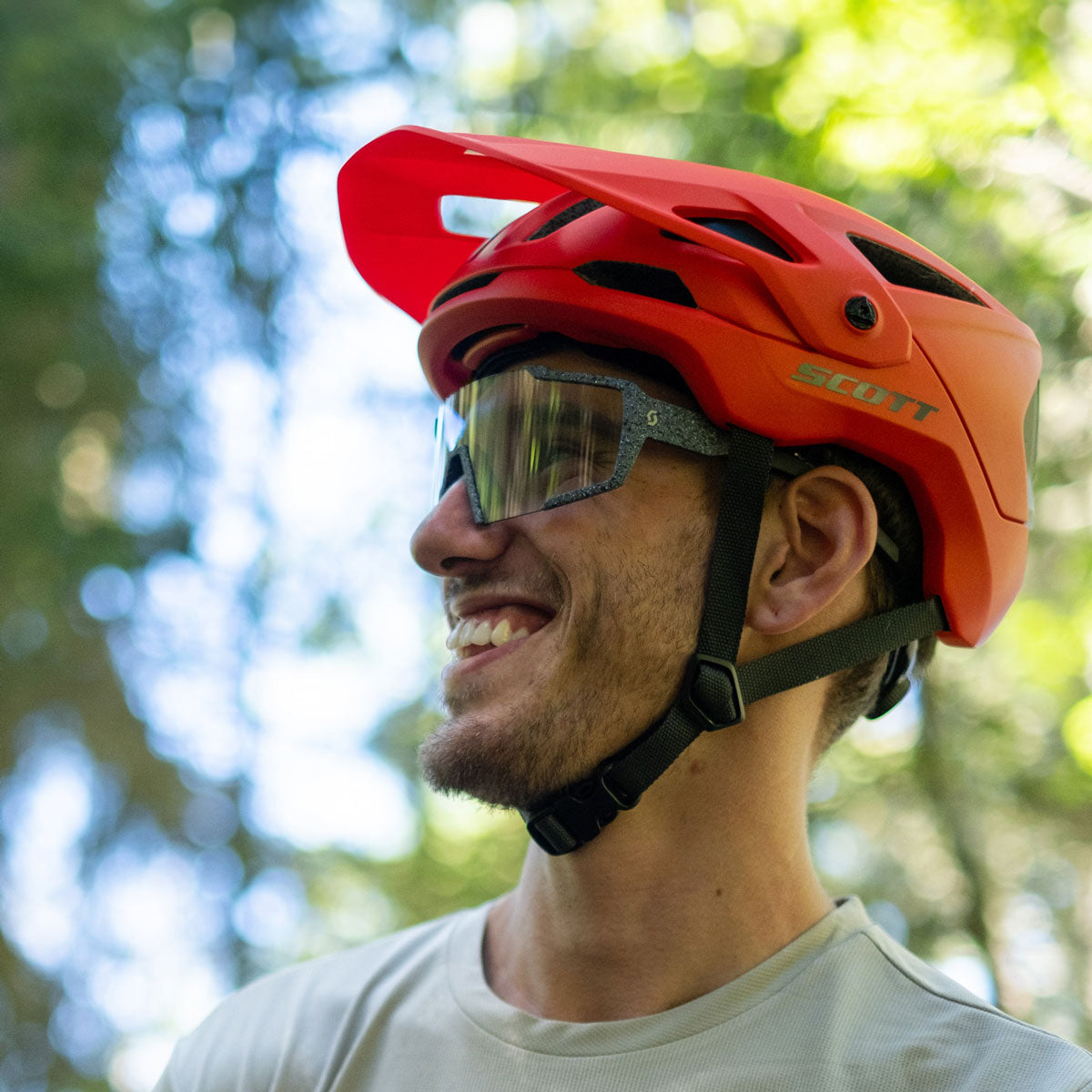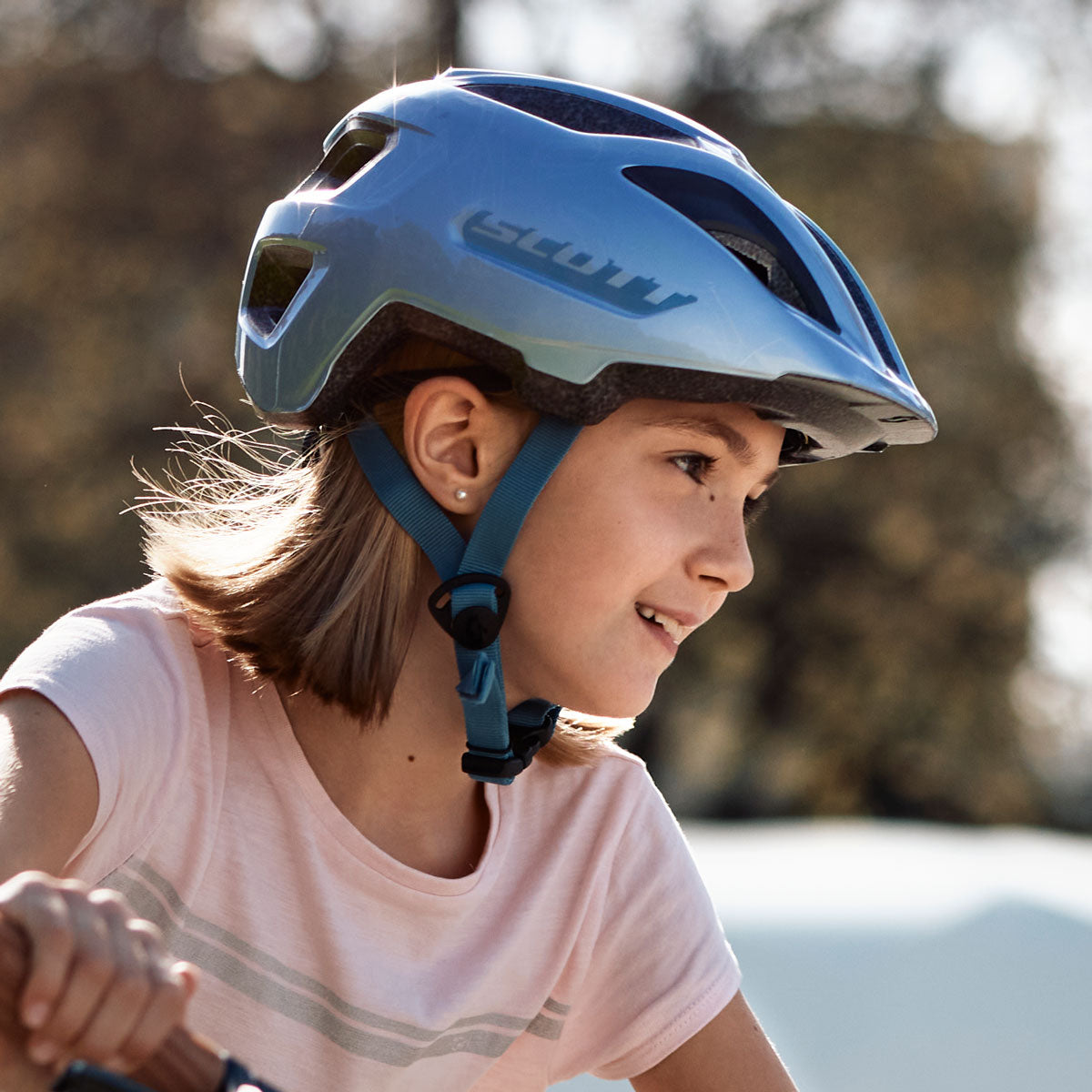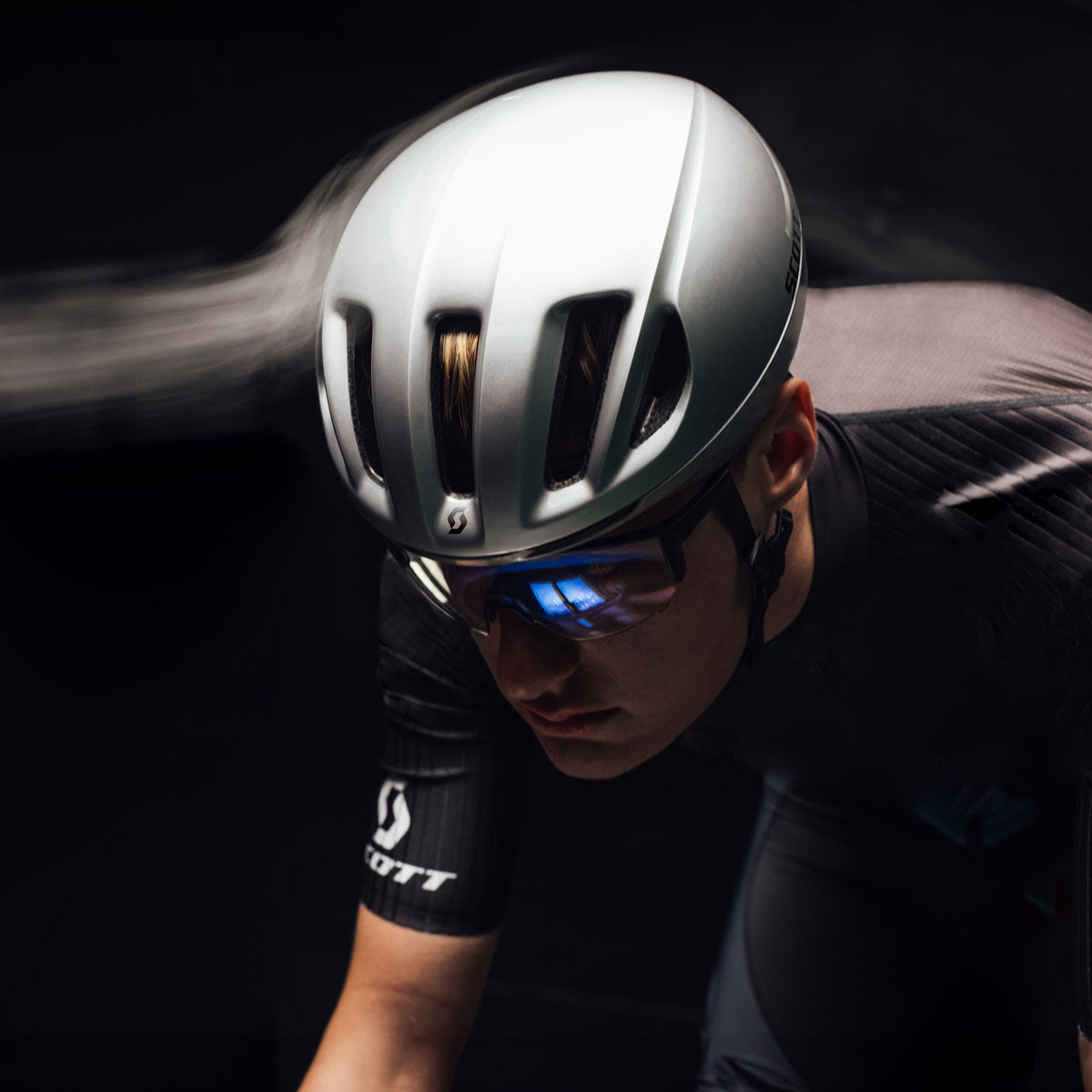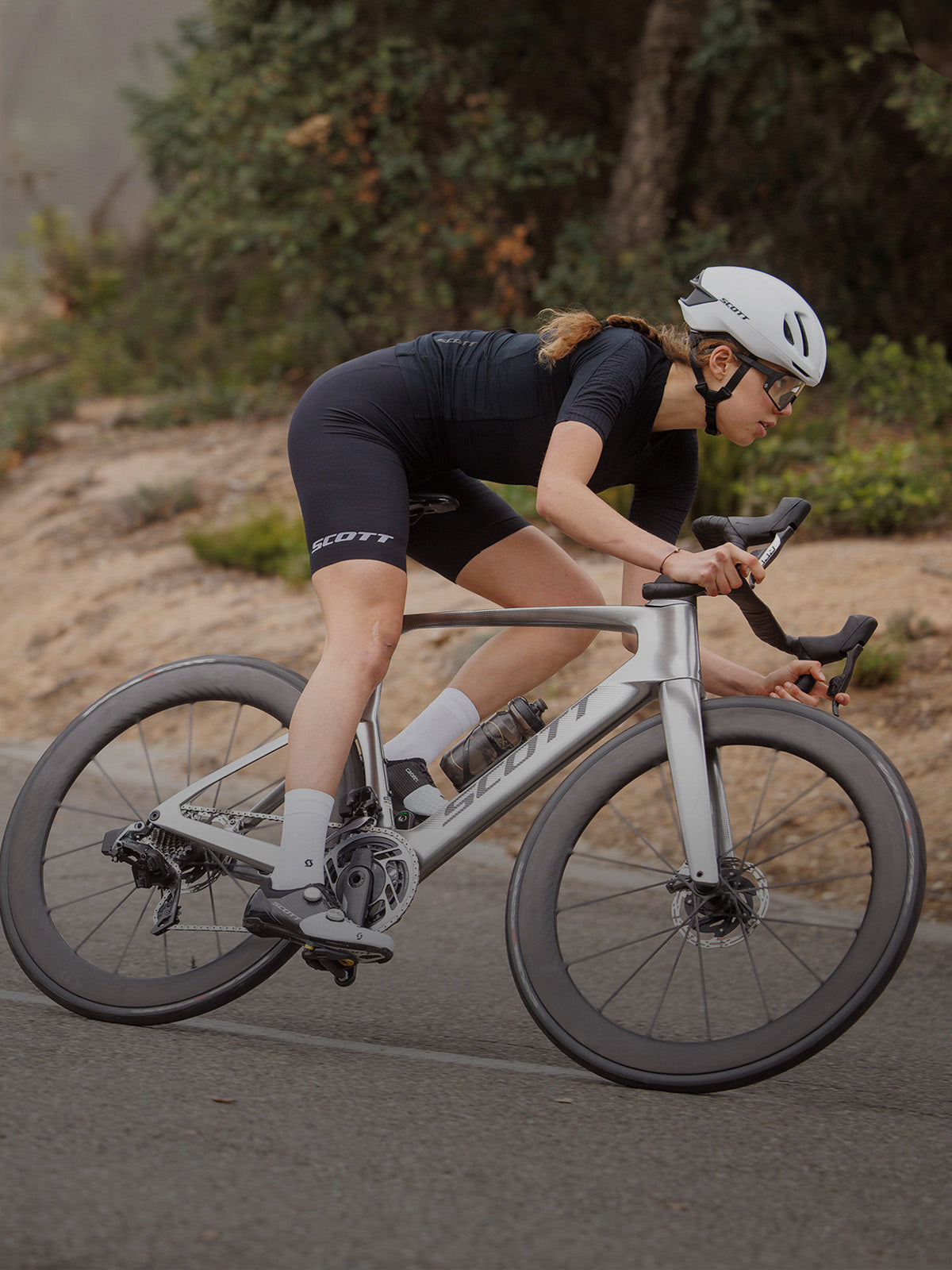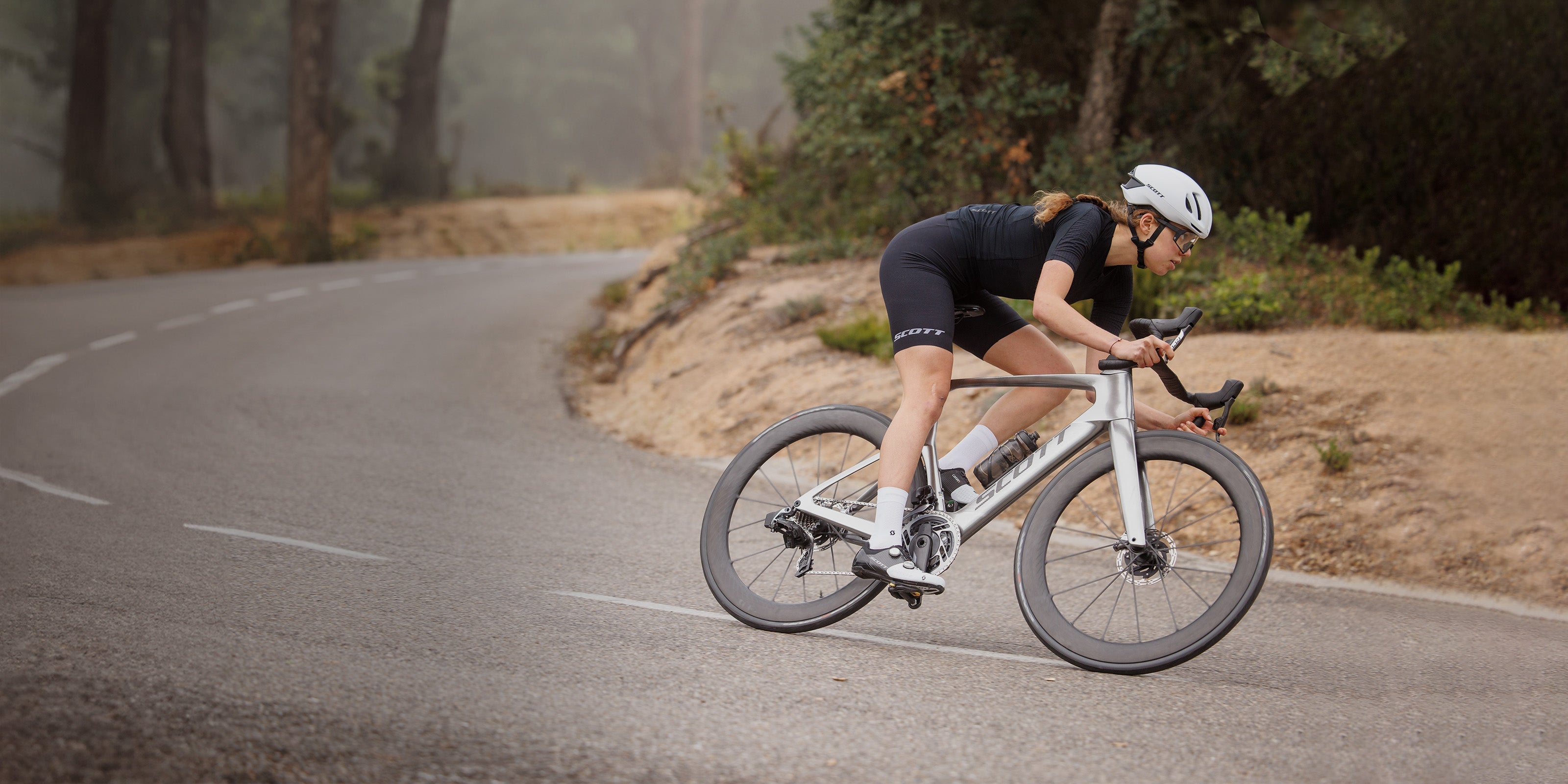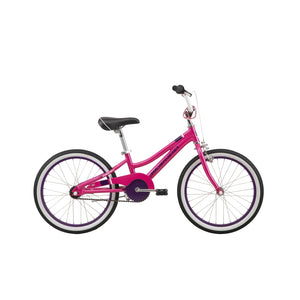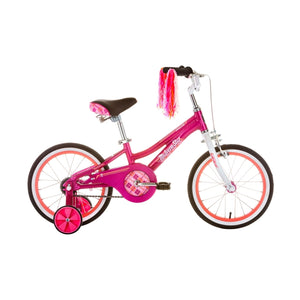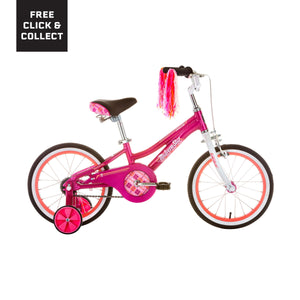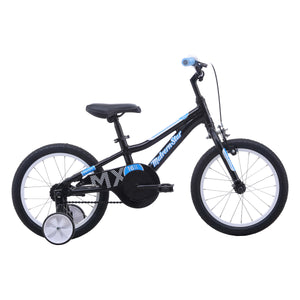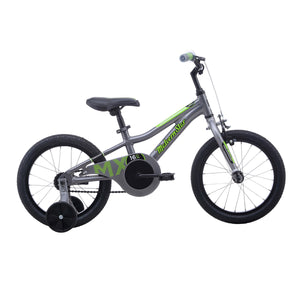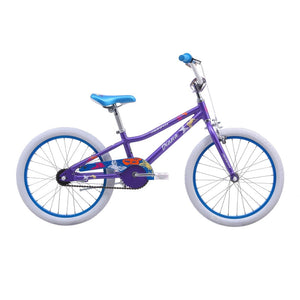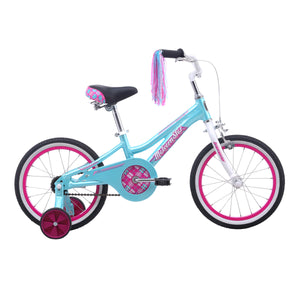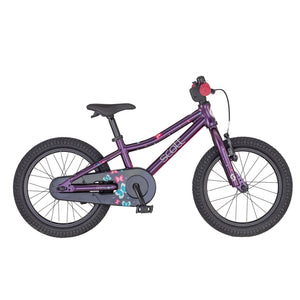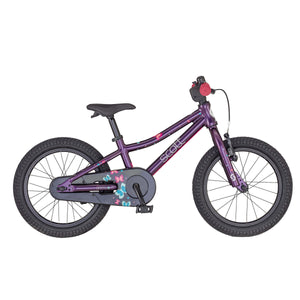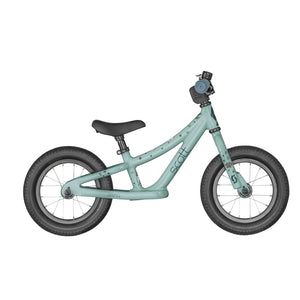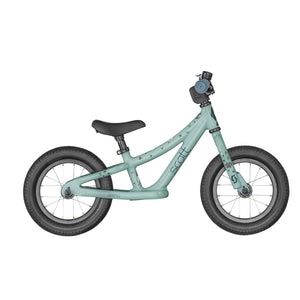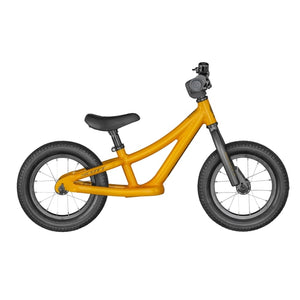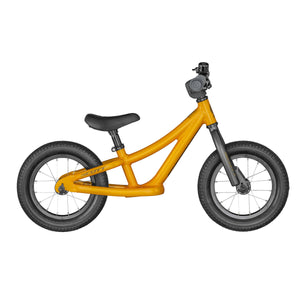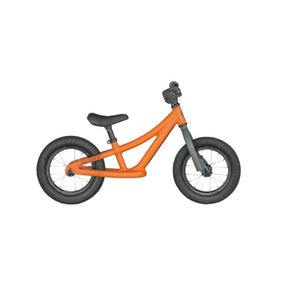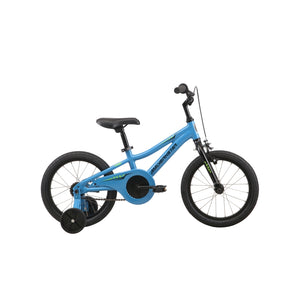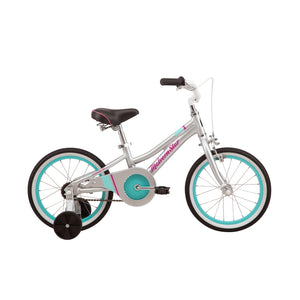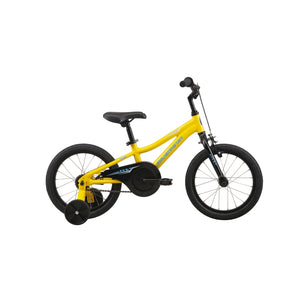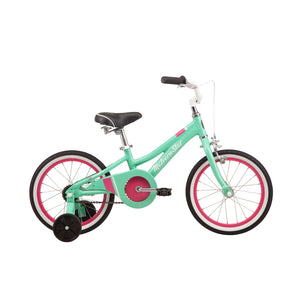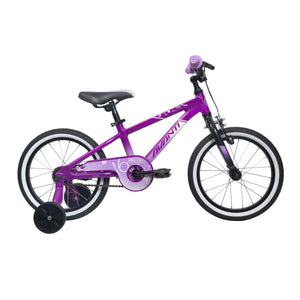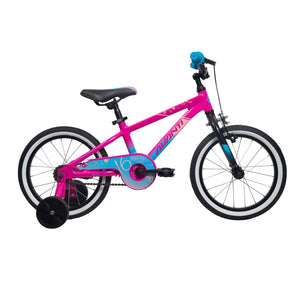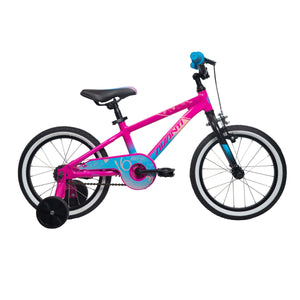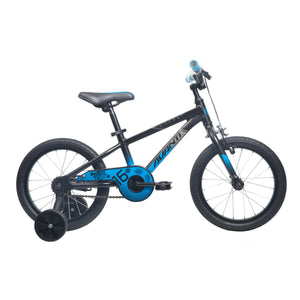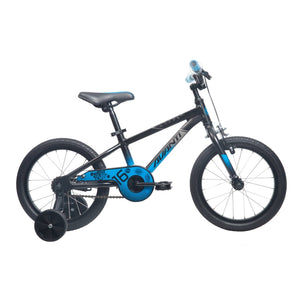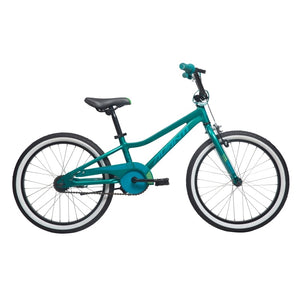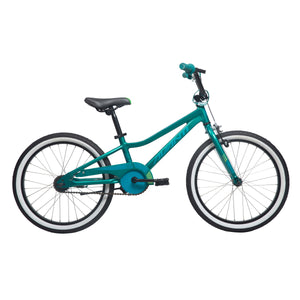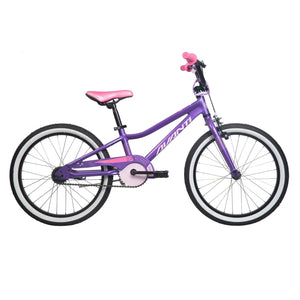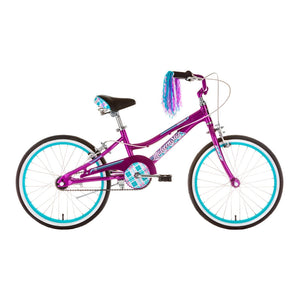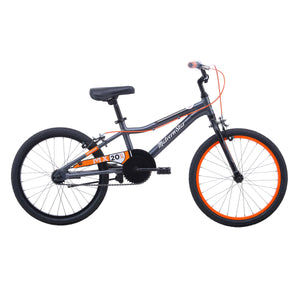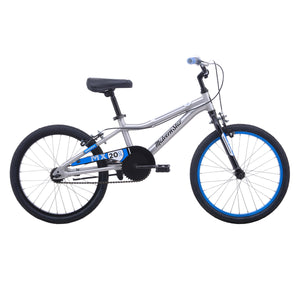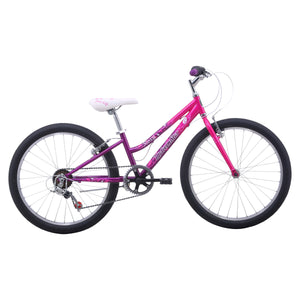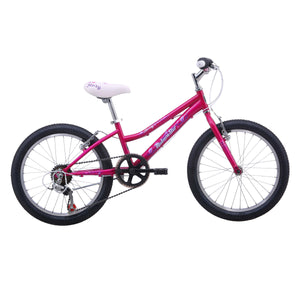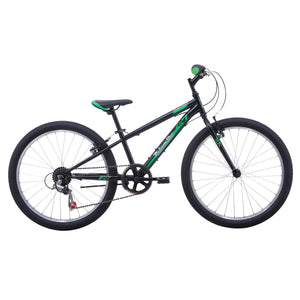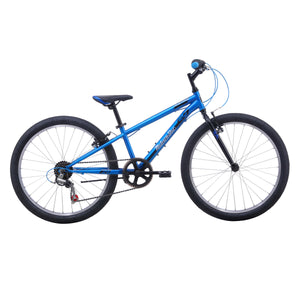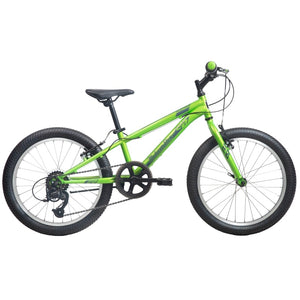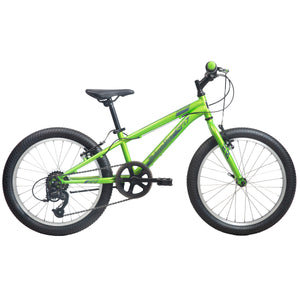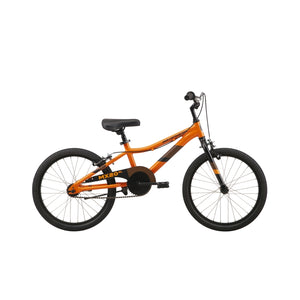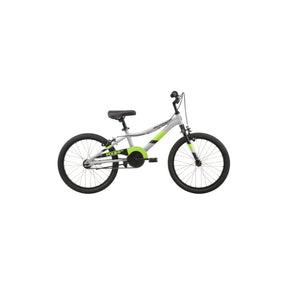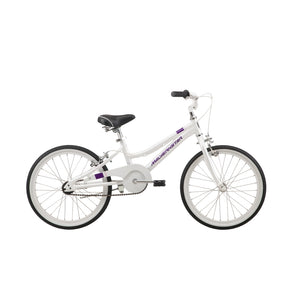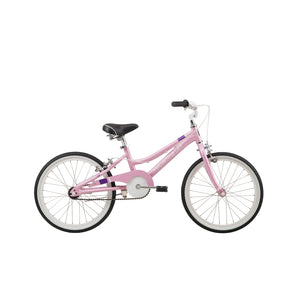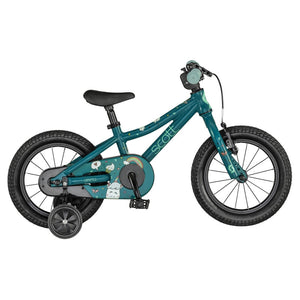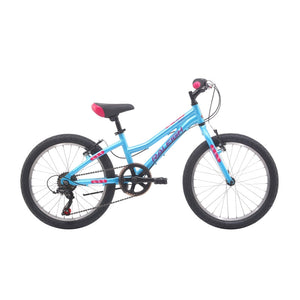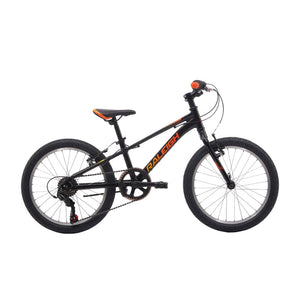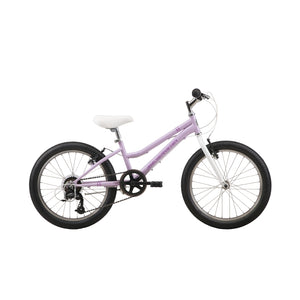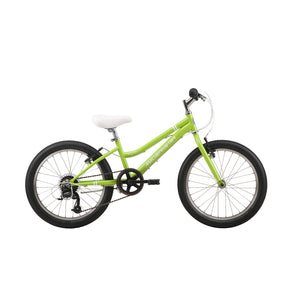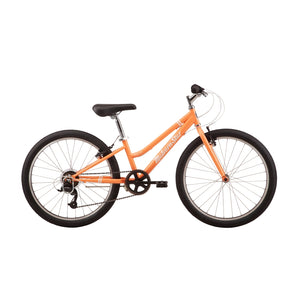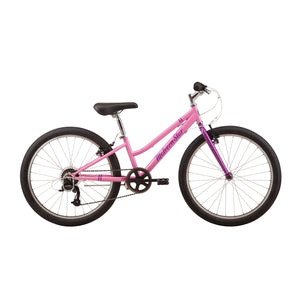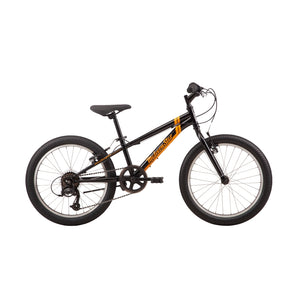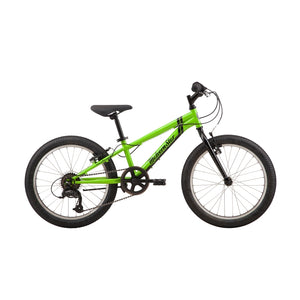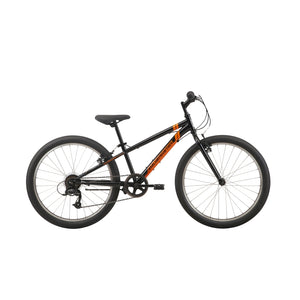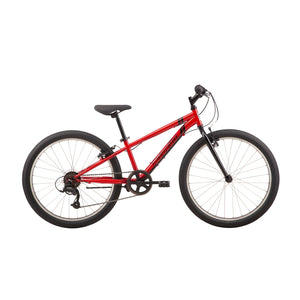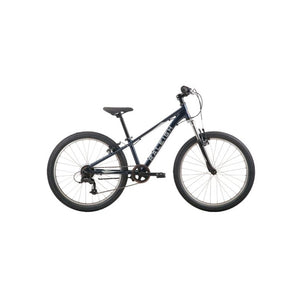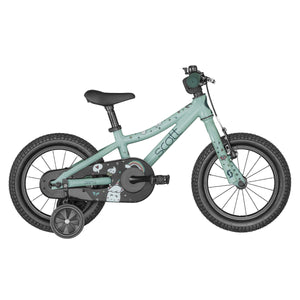FAQ’s
Have a question? We are here to help
Our My Ride team are experts on all things bikes!
Whether that is picking the perfect bike for your riding needs, completing your riding kit with parts and accessories, or ensuring your riding is running smoothly, our team have you covered.
We know you'll have questions, so have a look at our Frequently Asked Questions to help get you started.
test1. How do I choose the right size bike?
Selecting the right size bike is important, for kids it means they'll get maximum time out of the bike before growing out of it. For adults, correct sizing means a comfortable riding position. For more information on how to choose the right bike, check out our bike sizing guide.
MOUNTAIN BIKES
Choosing the right size mountain bike is crucial for maximising fun and comfort when you're out on the trail. Our complete size guide will give you a detailed look into bike sizing. Sizing can vary between brands but as a quick rule of thumb for sizing, riders from 148-158cm should look at an XS bike, preferably with 26 inch or 27.5 inch wheels, riders between 158-168 should opt for a size small, riders between 168-178cm should opt for a size medium, riders between 178-185cm should opt for a large and riders that are above 185cm should opt for an XL. We stock a range of sizes in both hardtail and dual suspension mountain bikes.
KIDS BIKES
Kids bikes come in many different sizes, this sizing will often be a measurement of inches. This measurement is the wheel size of the bike, for example a 12 inch kids bike has 12 inch wheels. An approximate guide for kids bike sizing is as follows, 12 inch bikes for kids aged 2-4 years old, 14 inch bikes for kids aged 3-5 years old, 16 inch bikes for kids aged 5-8 years old, 20 inch bikes for kids aged 8-11 years old and 24 inch bikes for kids aged 9-13 years old. Check out our complete bike size guide here.
2. What do I need to know when buying a mountain bike?
WHAT'S THE DIFFERENCE BETWEEN A HARDTAIL AND DUAL SUSPENSION MOUNTAIN BIKE?
At My Ride we stock both hardtail mountain bikes and dual suspension mountain bikes from a range of quality brands. The difference between the two types is whether or not they have rear suspension in the frame. Rear suspension adds comfort, predictability and the ability to take on my technical trails. The downside to this is additional complexity in the frame and cost to produce. If you're trying to stick to a tighter a budget, a hardtail will deliver better value for money so you can get out on the trails. Dual suspension bikes, although be more costly, open up a lot more riding options and are a lot more confidence inspiring to ride on the trail.
WHAT'S THE BEST MOUNTAIN BIKE UNDER $1000?
At My Ride we stock a range of mountain bikes under $1000 from brands such as Avanti and Scott. For budgets under $1000, we'd recommend hardtail mountain bikes. Hardtail mountain bikes are generally simpler and provide a more budget-friendly option to get into mountain bike. We have both Avanti mountain bikes and Scott mountain bikes under $1000. These bikes provide a great entry level option for getting into the sport with reliable componentry.
3. What kind of Road Bike is best for me?
SHOULD I BUY A DROPBAR OR FLATBAR BIKE?
Flat bars provide you with a generally more upright and more comfortable riding position. By creating a more relaxed position on the bike making flat bars perfect for a road or hybrid as a commuter option. One drawback that comes with flat bars is the lack of positions. A drop bar provides you with multiple hand positions. You can ride on the bars, the hoods, or in the drops. The ability to change hand positions provides relief on longer rides. As well as comfort drop bars also have a better speed advantage by putting you in a more aerodynamic position and are better suited for tucked positions. However, this advantage only really comes into play when riding above 25kmph, which is something to consider. Whether it is a commuter or a road race bike, contact your local MyRide store to find the perfect bike for you.
WHAT IS THE DIFFERENCE BETWEEN AN ENDURANCE AND PERFORMANCE ROAD BIKE?
Endurance road bikes prioritise compliance and comfort over speed, but by no means are they a slow bike. Designed for long days in the saddle, resulting in a bike that absorbs all the small road bumps and causing less fatigue to the rider. Another benefit of an endurance bike is the ability to run wider tyres with frames typically being designed for up to 32c compatibility. A road performance bike on the other hand is designed for maximum speed but does sacrifice some rider comfort. Generally speaking a performance bike geometry puts the rider in a low and aero dynamic position resulting in a faster ride, but does require a level of core strength to maintain position and avoid back pain. The other large difference is frame stiffness, which results in a faster more responsive bike, but takes away those damping properties an endurance bike provides. For more information about getting the perfect road bike for you, contact your local My Ride store.
4. What do I need to know about electric bikes?
At MyRide, we’re strong believers that eBikes are the future! Electric bikes take your favourite parts of cycling and make them effortless. Whether you’re looking to extend your trail rides with an electric mountain bikes, make your daily travel easier with an electric commuter bike, look to smash those hills on an electric road bike or get your little one shredding on a kids electric bike, our wide range has you covered. eBikes will change the way you ride; not only are they a great way to increase your time on two wheels, they make it more fun too!
HOW DOES AN E-BIKE WORK?
An e-bike has a motor that provides power assist to the rider while pedaling. The rider can control the level of assist or switch to full electric mode, depending on the model.
HOW FAST DO YOUR ELECTIRC BIKES GO?
The maximum power output of an e-bike is limited to 250 watts and the maximum speed is restricted to 25 km/h under Australian standards.
HOW FAR WILL AN ELECTRIC BIKE GO?
The range of an eBike on average is somewhere between 20-100kms. However, the exact range will depend on a range of factors that impact the distance you will get out of your battery. The main factors that impact the range include battery size, assist mode, total weight of load including rider and gear, tyre pressure, tyre type, terrain (hill grade) and temperature.
ARE THERE ELECTRIC BIKES AVAILABLE FOR KIDS?
At MyRide we have a range of electric kids bikes that will have your kids riding with ease. Designed to be lightweight and robust, resulting in the perfect combination for kids. At My Ride we stock a range of electric kids from quality manufacturers such as Scott and Avanti. These bikes come fitted with quality components so that your kids have the best riding experience possible.
CAN EBIKES GET WET?
The short answer is yes, you're able to ride in the rain and wash your ebike as all of the electric components are designed to be highly water resistant but are not 100% waterproof. Keep these things in mind to make sure your ebike is running smoothly and hassle-free is to avoid the use of high pressure washers as they can blast water past all of the seals and potentially damage electronics. Once your eBike is washed or comes back from a wet ride, make sure that you have dried off your eBike before putting it away for storage.
CAN I USE AN ELECTRIC BIKE FOR COMMUTING TO WORK?
Yes, an electric bike can be a great option for commuting to work. Electric bikes can help reduce the time and effort of commuting, especially for longer distances, and can also save money on transportation costs.
WHAT IS A HUB MOTOR IN AN ELECTRIC BIKE?
A hub motor is a type of electric motor that is built into the center of the wheel of an electric bike. Hub motors provide power to the wheel, allowing the bike to move without pedaling. Hub motors are commonly found in the rear wheel.
5. What type of frame should I buy?
SHOULD I BUY AN ALLOY OR CARBON BIKE?
When deciding on whether to purchase a carbon or alloy bike, there are a few things to consider. Carbon fiber is very strong, light, and stiff. Designed originally for aerospace parts, carbon offers an incredibly high strength-to weight ratio. Providing natural vibration dampening characteristics leading to better comfort over an alloy frame. Due to natural stiffness provided by carbon, you get a more responsive ride with improved handling and less power loss in each pedal stroke. Alloy is cheaper, more durable, and more environmentally friendly. Alloy is the cheapest bike frame material and costs around half as much as carbon frames. Having the ability to withstand hard impacts without cracking or failing, but does fatigue over time unlike carbon. Being one of the most recyclable materials in the world, makes it super environmentally friendly.
WHAT IS THE DIFFERENCE BETWEEN HMF AND HMX FRAMES?
HMF is high modules carbon matrix allowing for lightweight frame production. HMX (High Modules Extreme) utilizes higher modules fibers allowing for a Scott to use even less material than HMF, resulting in an even lighter frame that maintains the same riding characteristics and strength as the HMF frame.
6. What are the benefits of disc brakes on a bike?
No matter if you’re riding a road, mountain or gravel, disc brakes have some significant benefits. Some of the main benefits of disc brakes versus traditional rim brakes include better braking power, more reliable in wet weather, reduced wear on wheels and bigger tyre clearance. Disc brakes generate far more braking power than a rim brake, which means the rider has to apply far less pressure on the brake levers making for easier and more efficient stopping. In wet weather rim brakes have a slight delay in braking as they must displace water from the rim before the pad can bite the surface. Disc brakes due to position and being self-contained are largely unaffected by the wet. As rim brakes use the rim surface for braking combined with grit and dirt in winter, will result in the wheel wearing out far quicker than those of disc brakes. Due to not using a brake caliper on either side of the rim, this has allowed for bikes to have much wider tyres on bikes giving riders a larger option of tyre and rim combinations.
7. Women’s bikes and cycling products
WHAT ARE THE BENEFITS OF WOMEN'S SPECIFIC BIKES?
Women’s bikes are often designed with shorter top tubes, narrower handlebars, and smaller frame sizes. Women's specific bikes provide a better fit, leading to improved comfort, stability and control. This will also reduce the risk of potential injury and increase performance.
ARE WOMEN'S CYCLING SHORTS DIFFERENT FROM MEN'S CYCLING SHORTS?
Women's shorts generally have a different cut and shape, taking into account the anatomy and shape of a female body. They may have a wider waistband, a shorter inseam, and a chamois (padding) designed specifically for women. Ultimately, the difference between men's and women's cycling shorts is designed to provide a better fit and more comfort for female riders.
8. How do I maintain my new bike?
HOW OFTEN SHOULD I CLEAN MY BIKE?
Keeping your bike clean results in a better riding, faster and longer lasting bike. With regular cleaning of your bike you’ll reduce the likelihood of mechanical issues and having to constantly replace parts. How often you should clean your bike really depends on how often you ride and what conditions you’re riding in. For road bikes, we recommend that you clean and degrease your road bike every 150kms. For mountain bikes you should be doing a clean every muddy ride or in dry conditions every couple of weeks. For further information on cleaning your bike checkout our article ‘How to clean your bike – brought to you by Muc-Off.
BIKE SERVICE INTERVALS
The frequency of bike servicing depends on how often you ride, the type of riding you do, and the condition of your bike. As a general rule, it's recommended to have your bike serviced once a year, or more frequently if you notice any issues with the bike's performance.
HOW OFTEN SHOULD I REPLACE MY BIKE TYRES?
The frequency of replacing bike tyres depends on factors such as usage, road conditions, and tyres quality. On average, bike tyres should be replaced every 2,500 to 3,000 km's, or when they show signs of wear, such as cracks or thinning of the tread.
HOW DO I KNOW WHICH CHAIN IS FOR MY BIKE?
Selecting the correct bike chain is critical for proper function of your drivetrain. If you’re using a bike with a derailleur, the number of cogs on the rear hub will determine the chain you will need. Chains come in single speed, 5/6/7 speed, 8 speed, 9 speed, 10 speed, 11 speed and 12 speed. We'd recommend checking with your local My Ride store to find out which chain is for your bike.
9. How do the gears work on my bike?
Bikes are either build up with a front and rear derailleur or on some builds just a rear derailleur, which is called a one by system. The front gears are controlled by a lever that is located under your left hand. The bigger the ring on the front chain ring, the harder it will be to pedal the bike. The rear gears on the rear wheel hub are controlled by the lever under your right hand. The bigger the gear on your rear wheel, the easier the bike is to pedal. For example, if you're riding up a hill, you want to have a small ring on the front and a big ring on the rear. While going down a hill you want to be in the big ring on the front and a small ring on the rear. Whether you're riding a road or mountain bike, there are a number of different gearing combinations to best suit your bike and riding style. Reach out to your Local My Ride store for any further assistance.
